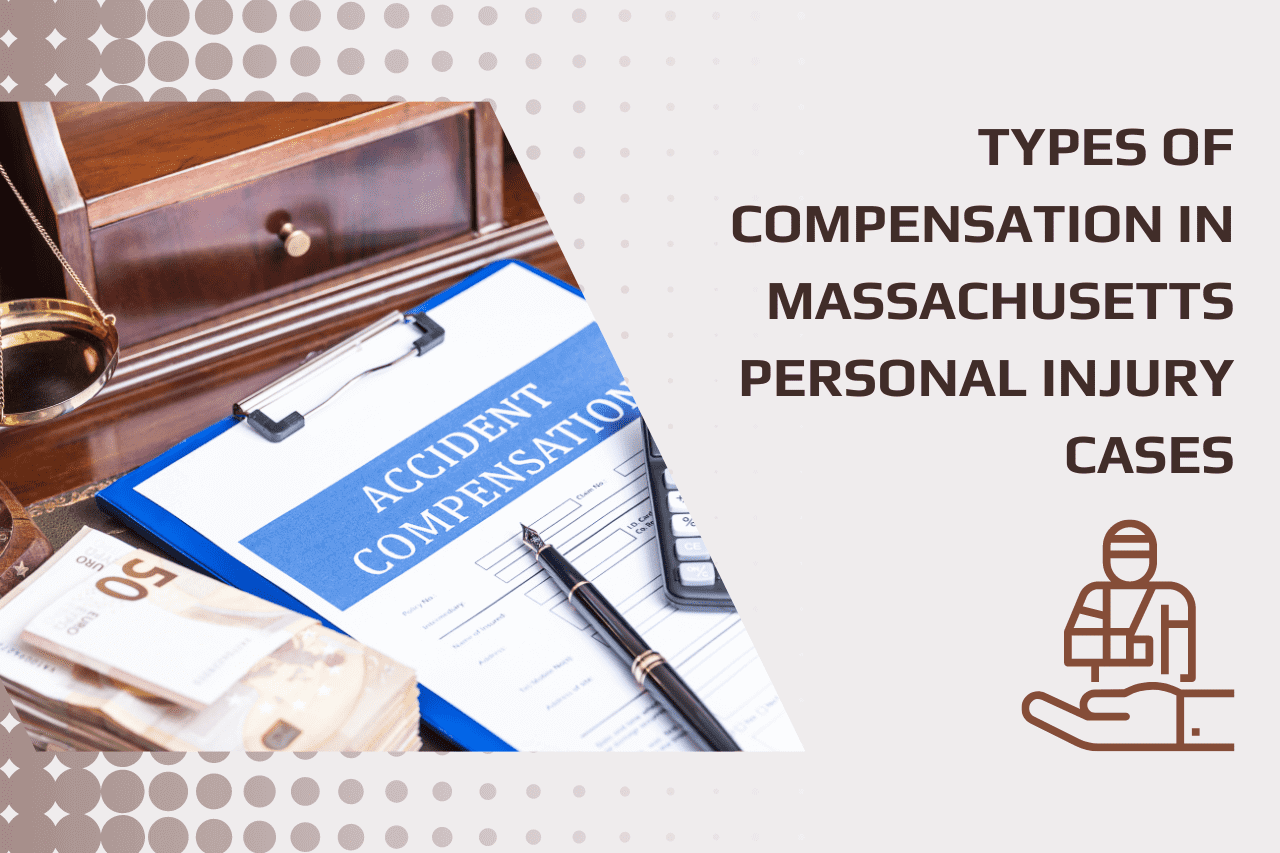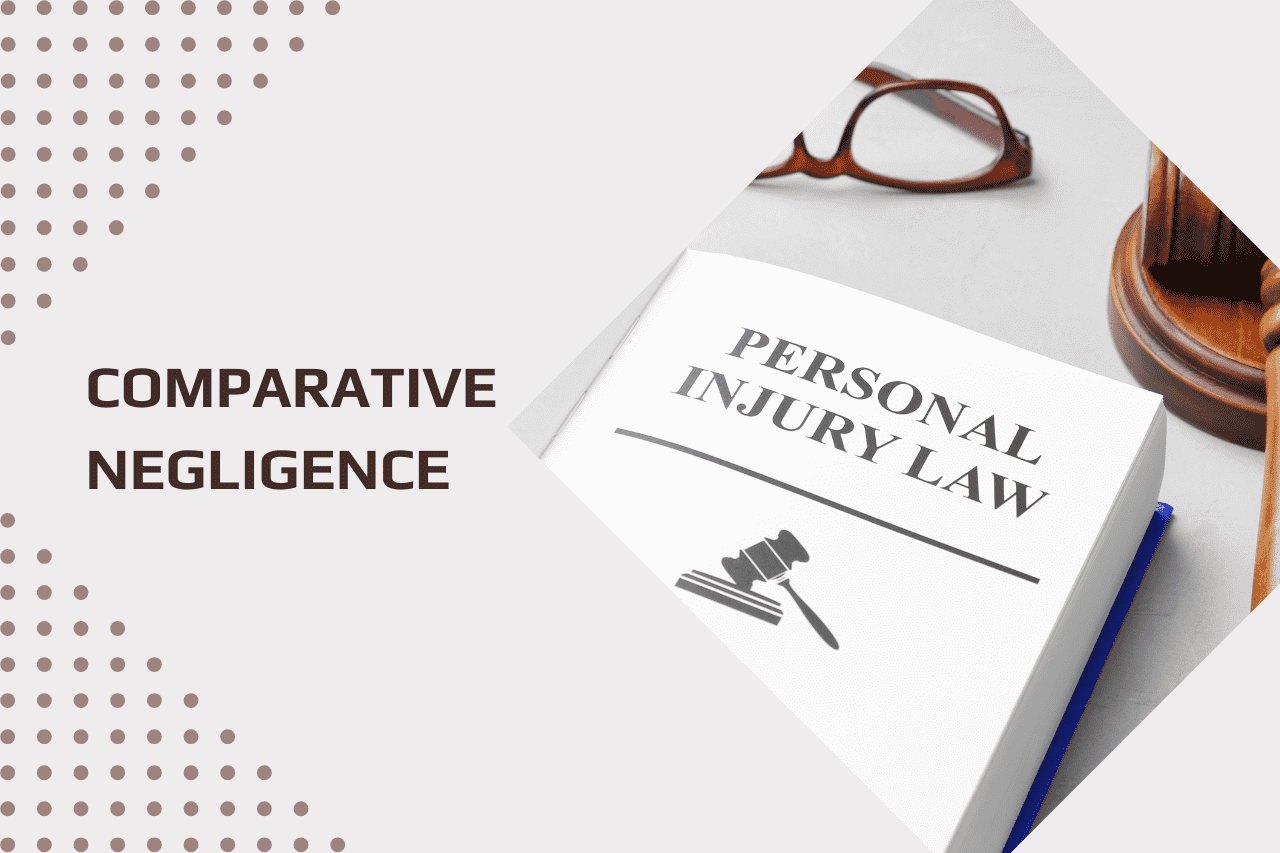Bear with me is a commonly used expression that people use when they want the listener to be patient while they finish something or gather their thoughts. It is often used in situations where the speaker needs time to collect their ideas or organize their thoughts before proceeding with a conversation or presentation. In this article, we will discuss the meaning of “bear with me,” its origin, and how to use it in various contexts.
What is Bear with me?
The phrase “bear with me” is an idiomatic expression that means to be patient and wait while someone finishes something or organizes their thoughts. It is a polite way of asking for the listener’s understanding and cooperation while the speaker takes the time to explain or clarify something. The phrase is often used in formal and informal settings, such as in business meetings, presentations, and everyday conversations.
Origin of Bear with me
The origin of the expression “bear with me” dates back to the Middle Ages when it was commonly used in English literature. The phrase has its roots in the Old English word “beran,” which means “to carry” or “to tolerate.” The term “bear” was often used in idioms and expressions to indicate patience and tolerance, such as “bear up” or “bear with.”
Over time, the phrase “bear with me” evolved to its present form and became a common expression in the English language. It is now used to politely request patience and understanding from the listener while the speaker gathers their thoughts or finishes a task.
How to use Bear with me in various contexts
The phrase “bear with me” is a versatile expression that can be used in various contexts. Here are some examples of how to use the phrase in different situations:
- In a business meeting: “I know we’re short on time, but bear with me while I go over these numbers one more time.”
- During a presentation: “I apologize for the technical difficulties, please bear with me as we try to get this resolved.”
- In an everyday conversation: “I’m trying to remember the name of that restaurant, bear with me a second.”
- In an email: “I’m still working on the report, bear with me while I finish it up.”
In all these examples, the phrase “bear with me” is used to politely request the listener’s patience and understanding while the speaker finishes something or gathers their thoughts.
The expression “bear with me” is a common and polite way to ask for someone’s patience and understanding while you finish something or collect your thoughts. It is a versatile phrase that can be used in various settings and is an important tool for effective communication.
Bear with me is a common English phrase used to request patience and understanding from the listener or reader. It is a polite way of asking for more time to complete a task or to explain something more thoroughly. In this article, we will explore the literal meaning of the phrase and its correct usage.
Literal Meaning
The literal meaning of the phrase ‘bear with me’ is to tolerate or endure with patience. The word ‘bear’ in this context means to carry or support something or someone, while the word ‘with’ implies being together or accompanying someone or something. Thus, when we say ‘bear with me’, we are asking the listener or reader to tolerate or endure the situation with us while we work through it.
Bear With Me vs Bare With Me
It is important to note that the correct phrase is ‘bear with me’ and not ‘bare with me’. Although the two phrases are similar in pronunciation, ‘bare with me’ is grammatically incorrect and has a completely different meaning. ‘Bare’ means to uncover or expose, and using it in this context would suggest an inappropriate or revealing request. Therefore, it is essential to use the correct phrase to avoid confusion and misinterpretation.
Bear With Me In A Sentence
The phrase ‘bear with me’ is commonly used in both spoken and written communication. Here are a few examples of how the phrase can be used in a sentence:
“I am sorry for the delay in responding to your email. Can you please bear with me as I am swamped with work at the moment?”
“I understand that you are in a hurry, but please bear with me as I explain the details of the project.”
“I am not very good with technology, so please bear with me while I try to fix the issue.”
In each of these examples, the speaker is requesting patience and understanding from the listener or reader, acknowledging that they may need more time or assistance to complete the task at hand.
‘bear with me’ is a useful phrase that can help communicate the need for patience and understanding in various situations. Remember to use the correct phrase and avoid any confusion with the incorrect ‘bare with me.’
In professional and personal communication, it’s common to use the phrase “bear with me” when requesting patience or understanding from others. However, there are times when using this phrase may not be appropriate, or you may want to vary your language. In this article, we’ll explore some alternatives to “bear with me,” provide answers to frequently asked questions, and discuss whether or not it’s considered rude to say “bear with me.”
Alternatives To Bear With Me
- Please give me a moment.
- I apologize for the delay.
- Thank you for your patience.
- I’ll be right with you.
- I appreciate your understanding.
- Let me get back to you shortly.
- Please hold on for a moment.
- Allow me to gather my thoughts.
These alternatives are useful in a variety of professional and personal settings, such as in customer service, during presentations or meetings, or in written communication.
Bear With Me FAQ
Q: Is it grammatically correct to say “bear with me?” A: Yes, “bear with me” is grammatically correct. “Bear” is the present imperative form of the verb “to bear,” meaning to tolerate or endure.
Q: Is “bear with me” considered informal? A: “Bear with me” is generally considered a professional and polite way to request patience or understanding from others, whether in a formal or informal setting.
Q: When is it appropriate to use “bear with me?” A: “Bear with me” is appropriate when you need to pause for a moment to gather your thoughts, look up information, or attend to an unexpected issue that may cause a brief delay in the conversation or task at hand.
Is it rude to say bear with me?
No, it’s not considered rude to say “bear with me.” In fact, it’s often seen as a polite and respectful way to acknowledge a potential delay or need for patience from others. However, it’s important to use this phrase appropriately and sparingly. Overusing “bear with me” or similar phrases may come across as unprofessional or insincere, and can potentially annoy or frustrate your audience. It’s always best to use your judgment and consider the context before using any particular phrase in communication.
Why do you say bear with me?
The phrase “bear with me” is a common expression used to ask for patience or understanding when the speaker needs more time to complete a task or thought. It is often used in situations where the speaker is experiencing a delay or interruption and needs the listener to wait or be patient for a moment.
One theory behind the origin of the phrase is that it comes from the ancient Greek myth of Atlas, who was punished by Zeus to bear the weight of the heavens on his shoulders. This association with patience and endurance may have contributed to the modern usage of “bear with me.”
Another theory is that it comes from the old English verb “beran,” which means to bear, carry, or endure. This suggests that the phrase may have originated in medieval England and been used in a similar context to how it is used today.
Regardless of its origin, “bear with me” is a polite and common way to ask for patience or understanding in a variety of situations.
Is it bear with me or bare with me?
The correct phrase is “bear with me,” not “bare with me.” While “bare with me” may sound similar, it has a completely different meaning and is often considered a misspelling or grammatical error.
To “bear” with someone means to endure, tolerate, or be patient with them. On the other hand, “bare” means to uncover, expose, or reveal. Therefore, saying “bare with me” would not make sense in most contexts and could be confusing or misleading to the listener.
Takeaways
- “Bear with me” is a common expression used to ask for patience or understanding when the speaker needs more time to complete a task or thought.
- The origin of the phrase is unclear, but it may come from the ancient Greek myth of Atlas or the old English verb “beran.”
- The correct phrase is “bear with me,” not “bare with me.” Saying “bare with me” would be grammatically incorrect and could be confusing or misleading to the listener.


